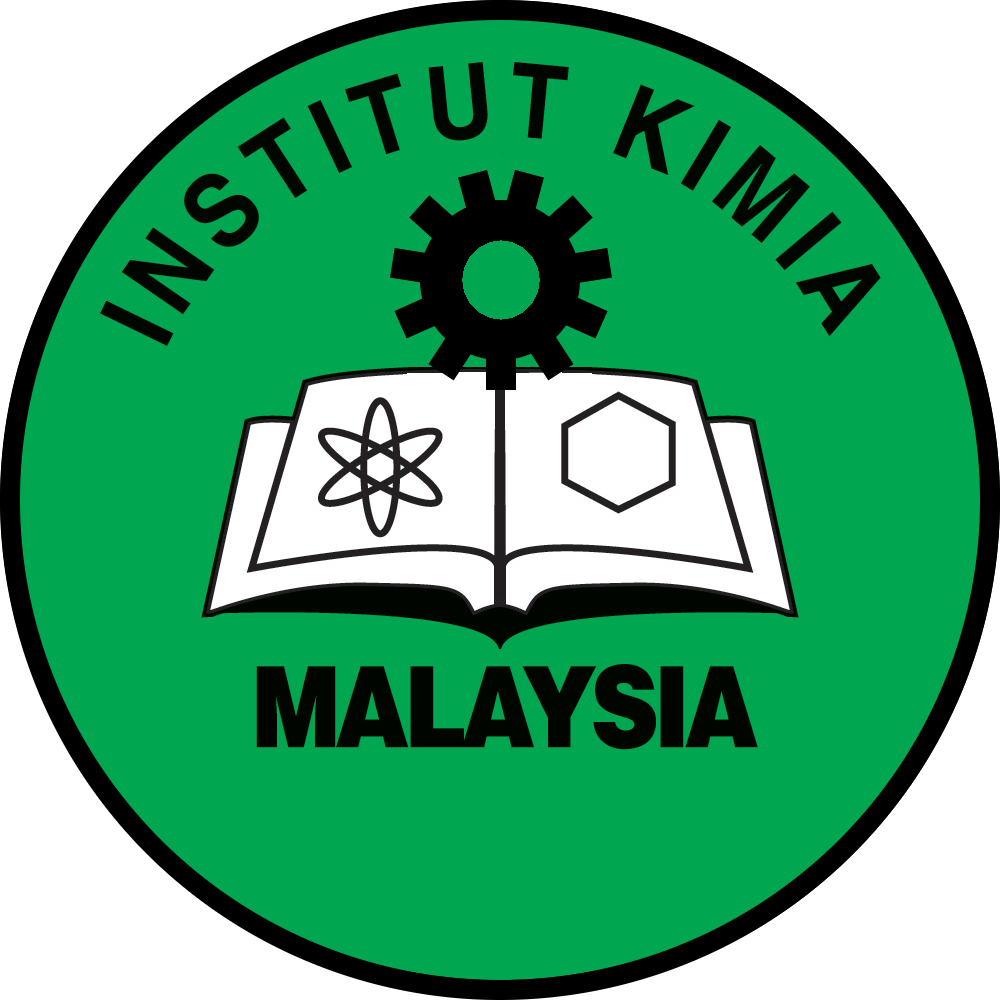Effectiveness of Aerobic Microbes in the Treatment of Shrimp Pond Wastewater
DOI: https://doi.org/10.55373/mjchem.v27i1.211
Keywords: Shrimp pond wastewater; biological wastewater treatment; aerobic microbes; heavy metals Fe and Pb
Abstract
Shrimp pond wastewater (SPW) can harm the environment since it contains high organic matter and ammonia. Biological treatment using aerobic microbes is needed to break down waste into CO2, H2O, sludge, and energy. This study aims to determine the characteristics of shrimp pond wastewater and investigate the effectiveness of aerobic microbes in enhancing the water quality parameters such as Chemical Oxygen Demand (COD), carbohydrates, protein, ammonia, Total Dissolved Solid (TDS), and Total Suspended Solid (TSS) as well as aerobic bacteria as biosorption of heavy metals Fe and Pb. The stages included sampling, characterization, and preparation of aerobic microbial starter in a semi-batch system for 268 days with various concentrations for 12 phases. The results indicate that the initial concentration of COD in shrimp pond wastewater was 1084.33 mg/L. The removal of several parameters by aerobic microbes was optimum in phase 8 with the shrimp pond wastewater dilution of 8 times. The removal of COD, carbohydrates, protein, ammonia, TDS, and TSS are 96.24%, 98.20%, 94.22%, 99, 15%, 99.4%, and 94.24%, respectively, while the heavy metals Fe and Pb can be adsorbed respectively by 44.68% and 100%. The results show that aerobic digestion is potential for shrimp pond wastewater treatment.
